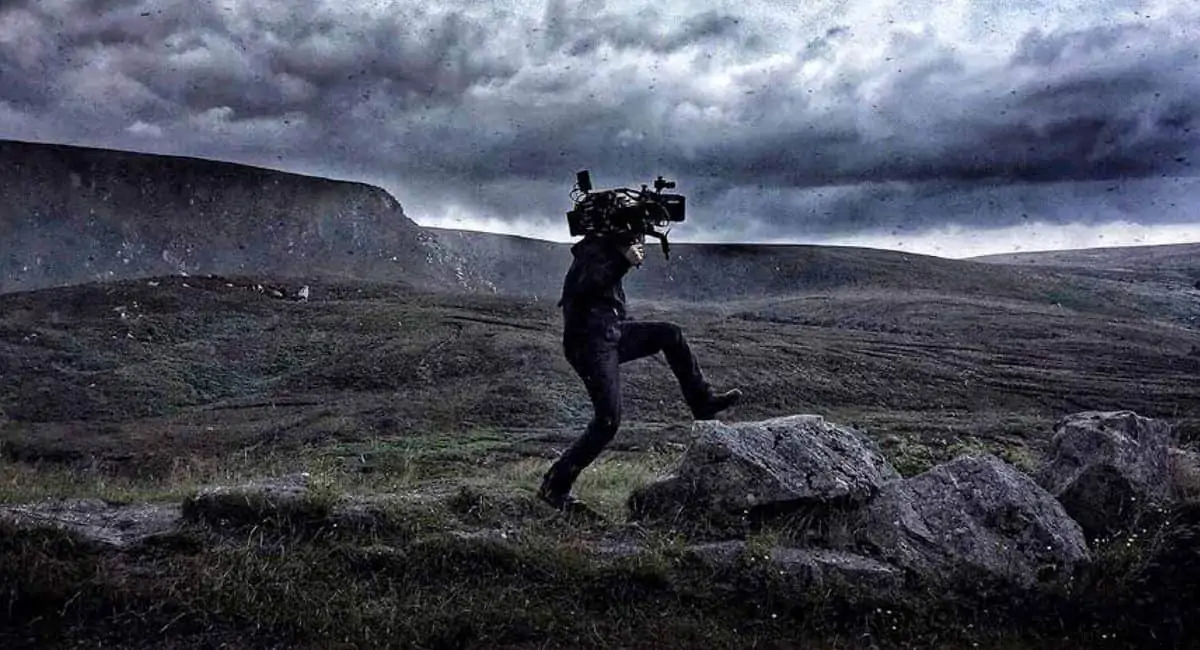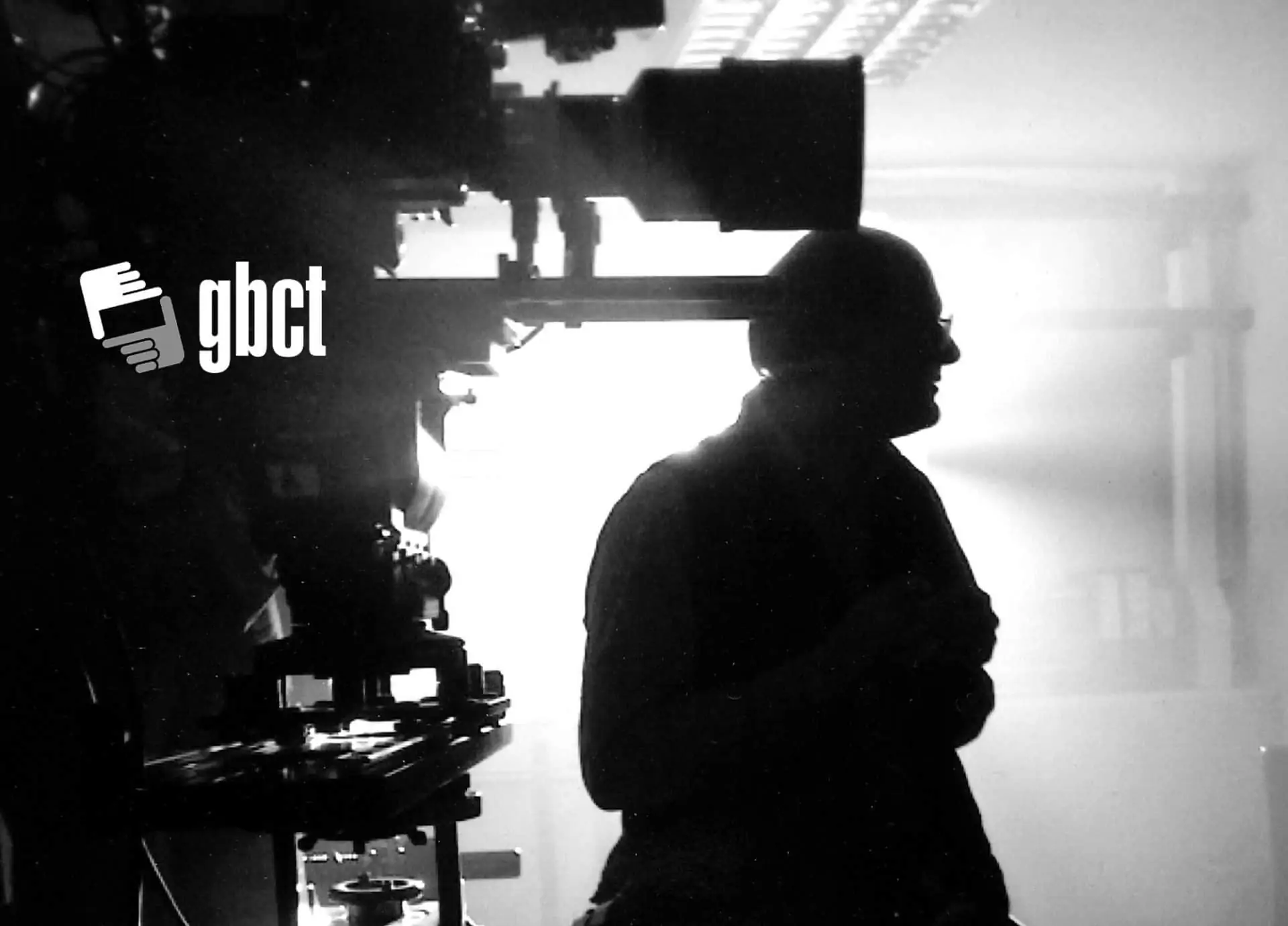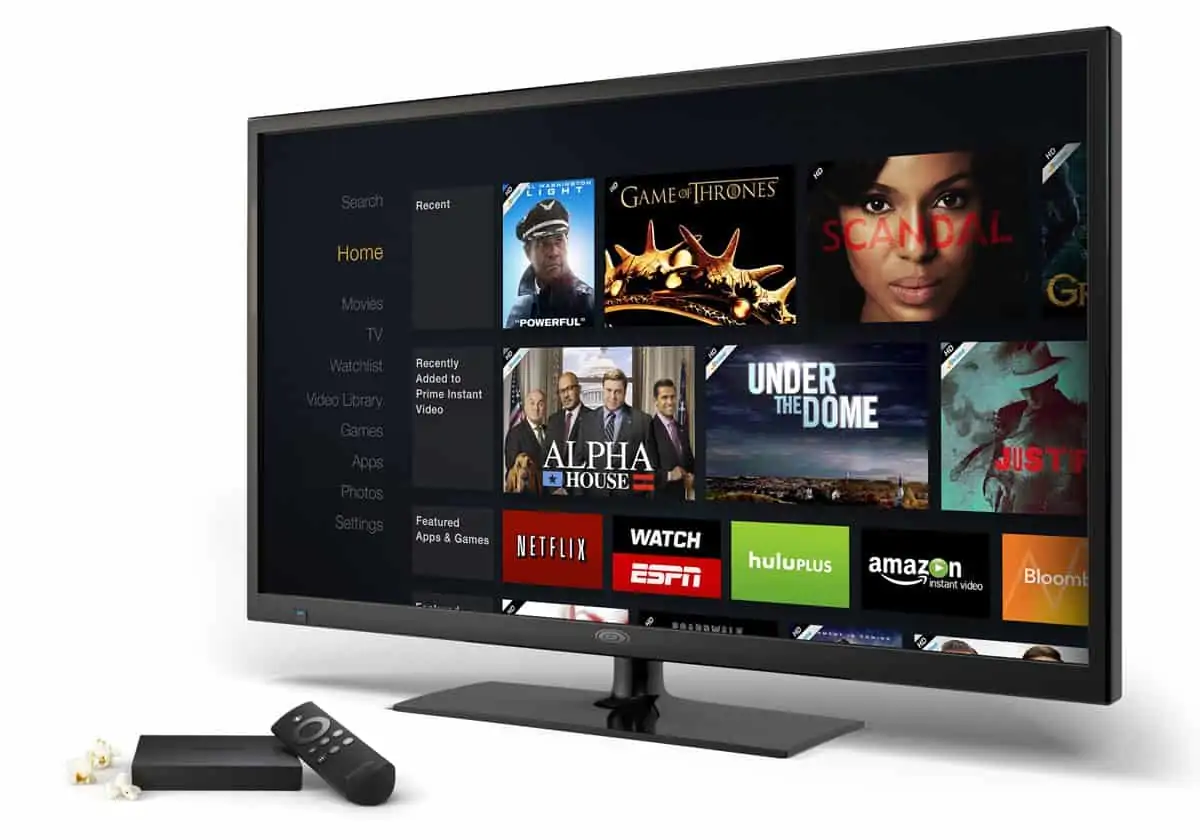TAKING STOCK
During lockdown I got used to spending the minimum that I could to eke out my limited resources. The lack of toilet rolls and pasta in the shops helped but the acres of time to spend those resources made life difficult. Retail therapy was not the way to weather the storm. The supermarkets re-established their stocks, so my sensitive parts and Italian cuisine habit were soon back on track, but the remaining closure of non-essential shops hid the fact that many under-paid and overworked drivers were taking the forced break as an opportunity to reassess their working lives.
Now that things started to move towards openness (pre-Omicron), the hole in the delivery market became obvious. Cruising the closed petrol stations in the hinterland of Leavesden Studio became a twice weekly routine, just to make sure that I was able to get to work reliably. When fuel stocks returned, the global supply and demand equation began to become very apparent. The subsequent jump in pump prices was a very strong alarm signal to all of us that the pent-up pressure for inflation, that interest rate suppression and quantitative easing had kept a lid on for many years, was about to pop wide open.
Although the lockdown had suppressed the amount of productions that were able to shoot, the strictures coincided with the massive rise in demand for content from the streamers and the similarly massive increase in inward investment at the highest production levels. The supply and demand balance in the film and television industry did turn towards the workforce and rates did rise accordingly. Rates reported in the various areas of the camera department that were able to work did report rises in rates of about 10% (nowhere near the 70% reported in some newspapers), but the rate of inflation between the beginning and end of lockdown was nearly 7%. This barely makes up for the lack of rates rises over the last quarter century which have put most of the department some 25-30% behind the inflation curve.
The curve is about to get steeper as new inflationary pressures start to act on the market. The Institute of Fiscal Studies was the first to warn that April 2021 to April 2022 inflation is likely to reach 5% (the Bank of England’s monetary policy chief now predicts it will “comfortably exceed” 5%). They also warn that changes to National Insurance contributions, Council Tax rates and a large rise in the fuel price cap early next year would add another 2-3% on top to those on average incomes. These predictions are rising. The rates that are advised for our work are trying to keep up with the market, but these mounting inflationary pressures will be making them obsolete almost as soon as they are published.
These rises will require us to coordinate our efforts to make sure we do not fall further behind the curve in real terms. We may have achieved 10% during the industry’s recovery, but we will have to do the same and more over the next year and beyond. Inflation like the 1970s and 1990s will be with us for some years to come. As I write, the government is starting to move into panic mode to pile pressure on public servants to keep their pay rises to the 2% target that has been arbitrarily hampering the market. This will effectively give them a minimum of a real terms pay cut of more than 5%. We must not give this clamour any credence. We need to keep the pressure on to redress the lingering underpayment that has cursed our industry for decades.










